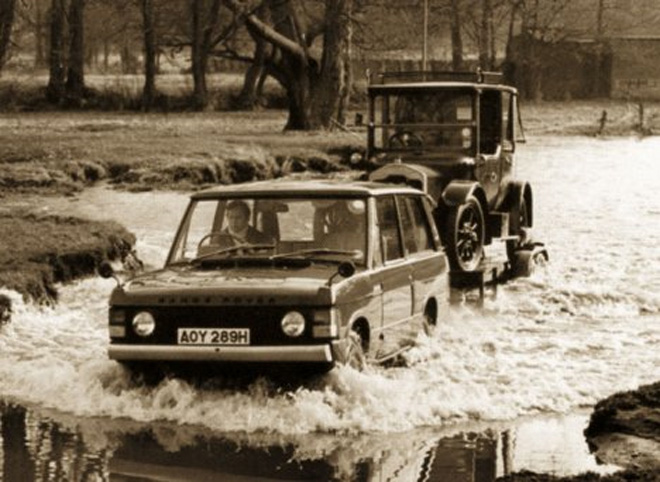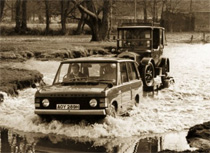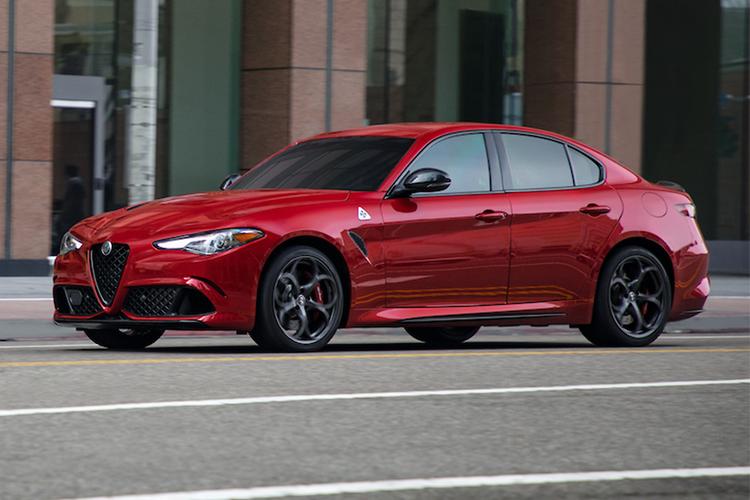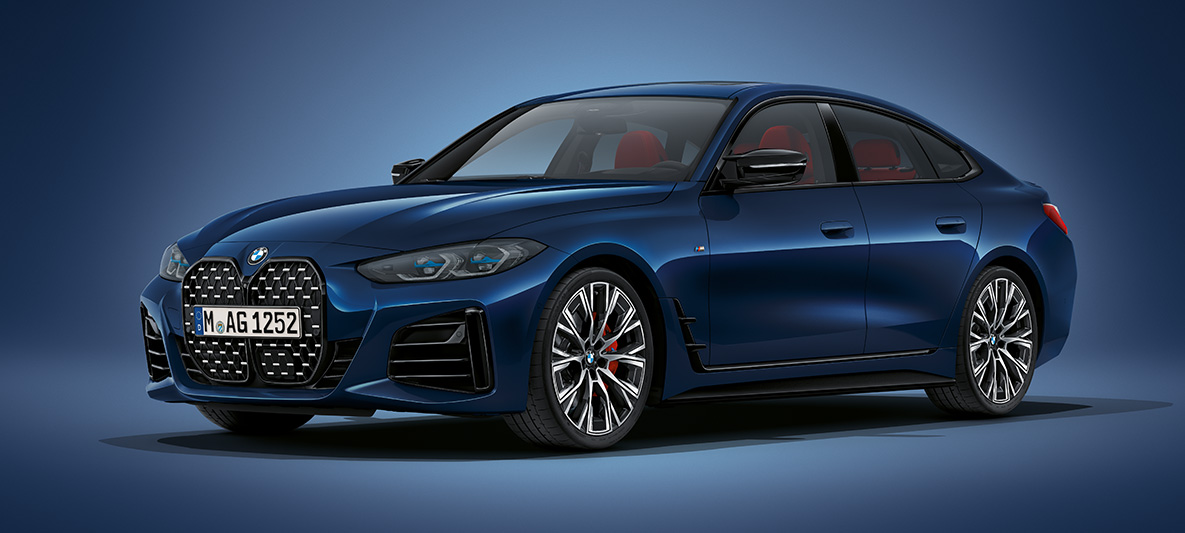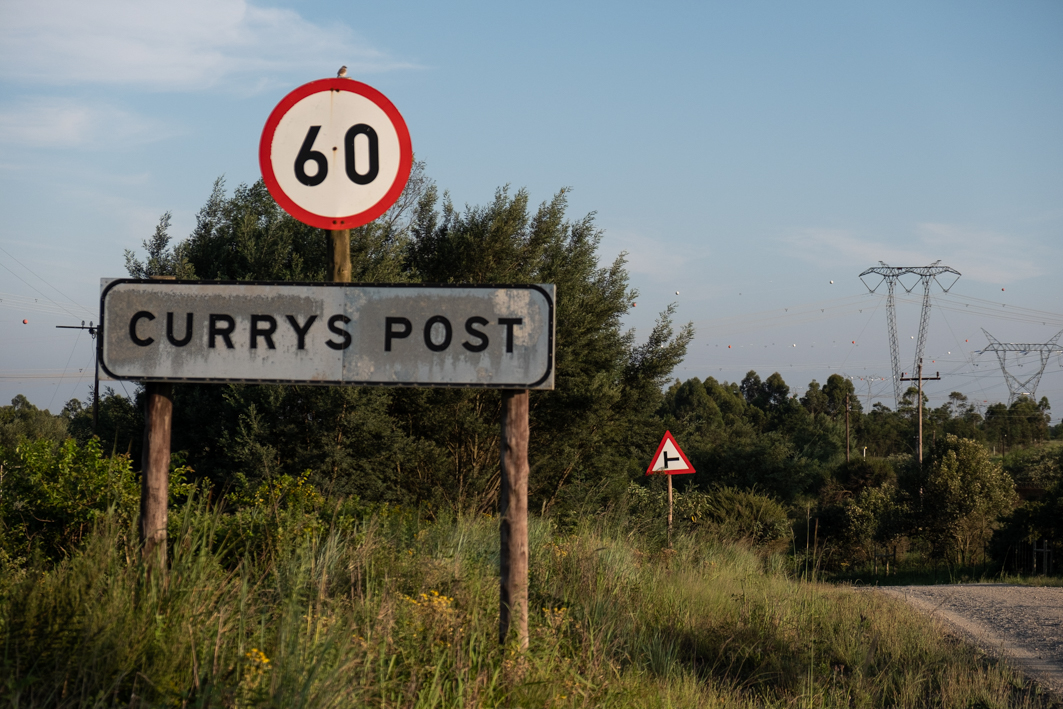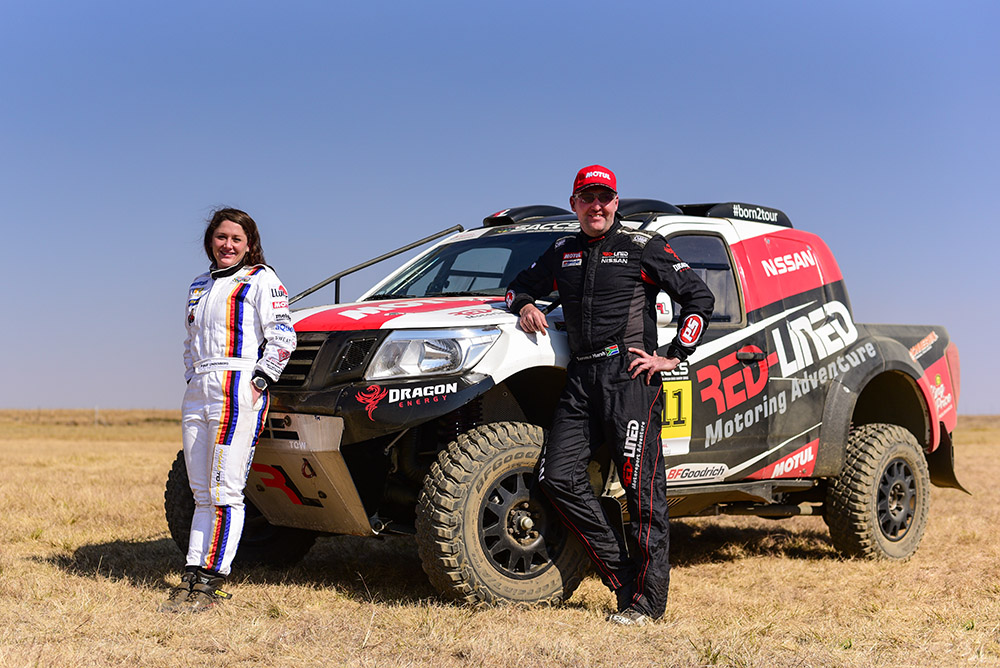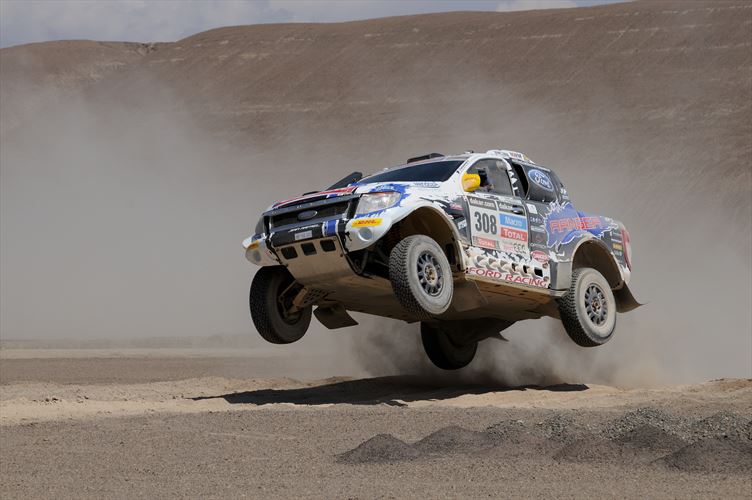Text: Colin Mileman
In 1970, the automotive world experienced a radical shift, courtesy of one of the most defining vehicles of all time.
On 17 June, the first-generation Range Rover made its debut at the Blue Hills Mine in the tiny village of St Agnes in Cornwall, UK, representing only the second model line introduced by Land Rover since the Series I was launched in 1948.
For many years Land Rover had seen the potential for producing a more upmarket 4×4 that was just as capable on the road as it was churning through the dirt. The development of what was to become the Range Rover began in 1966 under the direction of Spen King, Rover’s engineering chief for new vehicle projects, who sadly passed away in June 2010 at the age of 85.
As its starting point, the Range Rover was essentially based on the Land Rover Series IIA, featuring the familiar ladder frame chassis and aluminium bodywork. Yet in a radical departure from the norm, it employed coil spring suspension all round, placing it in an entirely new league in terms of off-road ability and all-round ride comfort.
Certainly one of the most defining and endearing features of the Range Rover was the adoption of the famous 3,5-litre V8 engine, sourced from the Buick division of General Motors. Renowned for its impressive power and torque characteristics, this engine became revered for its solid performance characteristics.
Another aspect that set this new model apart was the use of a permanent four-wheel drive system, mated to a centre differential lock, thus making the Range Rover the only full-time 4×4 on the market at the time.
It also featured a newly developed four-speed synchromesh gearbox that offered entirely new levels of shift precision and ease, while the use of disc brakes all-round with dual-circuit hydraulics represented another giant leap forward.
Not surprisingly, world-wide demand far exceeded production capacity, and it was only when the restructured British Leyland company dramatically ramped up production (specifically of the V8 engine) that the Range Rover finally made it to South Africa. Some fully built-up models were privately imported over the years, but official sales began only in October 1979 at a starting price of R18 400, using CKD (complete knock down, meaning the parts only) kits assembled at the Leyland SA assembly plant in Blackheath, Cape Town.
The Range Rover was shifted progressively up-market, and the four-door version arrived in SA in 1983 as a fully built-up import, matched to an all-new five-speed gearbox and a significantly higher level of trim and specification for the 1984 model year.
For 1985, the Phase II upgrade introduced an entirely new dashboard and a higher standard of comfort features, while the launch of the Vogue SE in 1988 took the Range Rover to entirely new heights of elegance and exclusivity. It featured wood trim, electrically adjustable leather seats, electric sunroof and a top-end Becker sound system.
During its final phase in the early 1990s, the Range Rover Classic gained a larger capacity 3 947cc version of the Rover V8, along with a revised 4×4 system with centre viscous coupling, air suspension, ABS brakes and dual airbags – once again proving a pioneer in this segment. The release of the luxurious Autobiography edition, and an extended 108-inch wheelbase version, added to the appeal.
* You just can’t miss this legendary article! Get the real deal in the September issue of Leisure Wheels.
